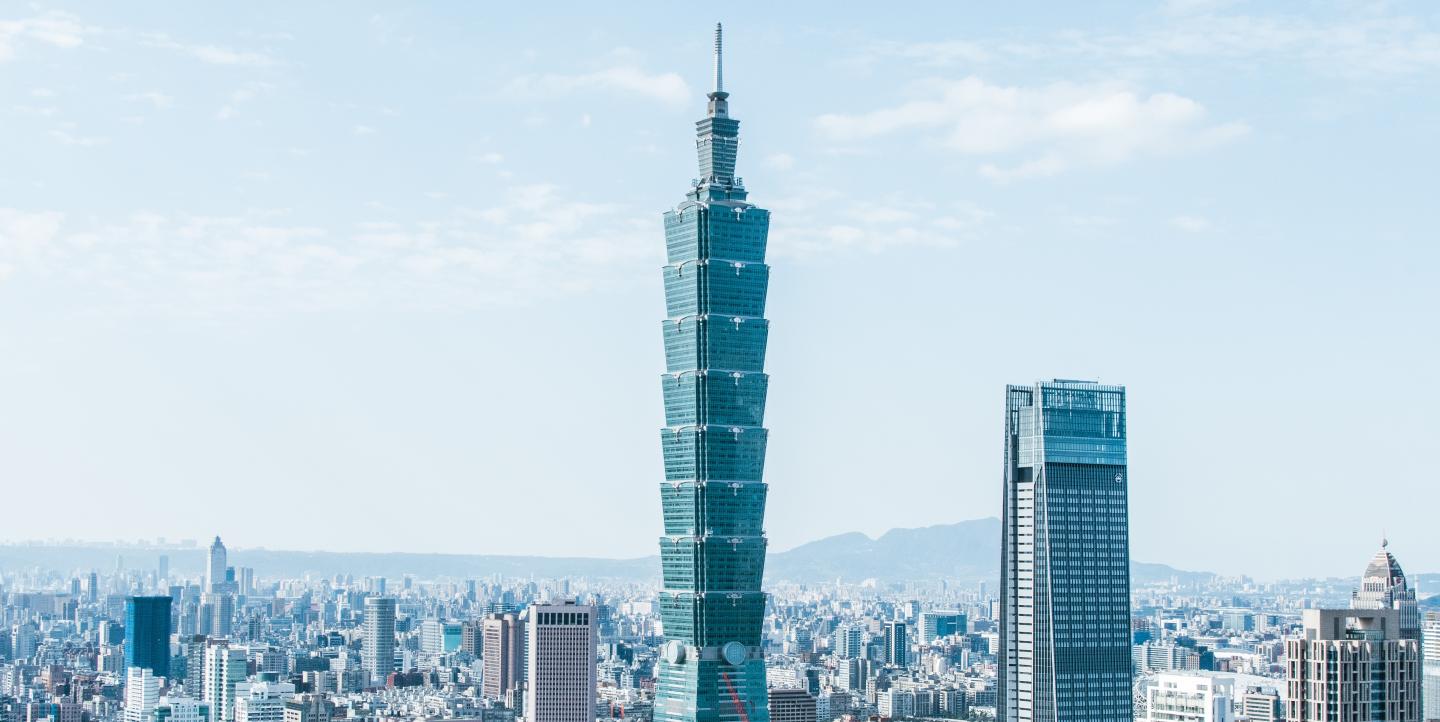In partnership with our parent organization, the International Center for Journalists (ICFJ), IJNet is connecting journalists with health experts and newsroom leaders through a webinar series on COVID-19. The series is part of the ICFJ Global Health Crisis Reporting Forum.
This article is part of our online coverage of reporting on COVID-19. To see more resources, click here.
The chief of Taiwan’s Centers for Disease Control credited the centralized response to contagious diseases that the island democracy developed in the wake of the 2003 SARS outbreak with containing the spread of the novel coronavirus this year to fewer than 500 people in its population of nearly 24 million.
“During the SARS outbreak, we [didn’t] have a centralized command system,” Director-General Jih-haw Chou said. “Local governments always fought with the central government, and the people lost orientation. They didn’t know how to follow our policies.”
[Read more: Independent media defend against populist government attacks]
Facing COVID-19, Taiwan developed a central central command system that has proven to be very successful, Chou told ICFJ President Joyce Barnathan Tuesday. The webinar was produced in partnership with the Taipei Economic and Cultural Representative Office in the United States.
In the wake of the crisis, Taiwan rewrote its playbook for managing communicable diseases. Its centralized plan relies on contact tracing, quarantines, information-sharing among state agencies and coordinated messaging and outreach to the public.
As a result, life today looks normal in Taiwan, he said, although if the disease rate were to increase, the government would restrict everyday activities.
Because Taiwanese society was scarred from the SARS pandemic, everyone from officials to reporters were keenly attuned to news about COVID-19 and ready to take action as early as Dec. 31, 2019. “The whole society is very concerned about news from the mainland, particularly [about] infectious disease (from) China,” he said.
In January, Taiwan contacted the World Health Organization (WHO), but in the absence of immediate guidance, sprung into action by banning travelers from infected areas from entering Taiwan. The government quickly spurred hospital readiness, the manufacture of PPE and the creation of highly accurate diagnostic tests, Chou said.
While Taiwan made accurate tests widely available, quarantining patients who test positive has been much more central to thwarting the virus’ spread, he said. While testing only shows whether a patient is positive for COVID-19 on the day the test is administered, he noted, “if we can keep them at home for 14 days, we can guarantee they are not shedding the virus.”
[Read more: Juggling parenting and journalism during the pandemic]
“We have a very good quarantine system to ensure they are staying home,” which is required by law. The government sweetens the deal for patients with comprehensive--and expensive--services. “During quarantine, we can provide meals, medical help, and send people to collect their garbage. We manage [the patients], but we also provide services,” he said. “That's why our quarantine system is successful.”
Taiwan’s medical records are completely electronic. Hospital records are linked to travel history, and infected patients are flagged in the national health insurance system. Contact tracers cross-check the information the patient reports with friends and family.
To overcome privacy concerns from the public, the government makes “every effort to explain to people why we need this information and how we will use it all,” he said. “And we will guarantee the scope of the way we use the information they provide.” Thanks to these efforts, he said, 94 percent of the public supports the government’s handling of COVID-19.
At the beginning of the COVID-19 pandemic, Taiwan had a two-month stockpile of masks, and was still importing masks from China and the Philippines, but quickly ramped up its manufacturing capacity from about 1.8 million per day in January to 20 million per day by the end of May, Chou said.
“We also optimized distribution to our citizens,” he said. The government wanted to “keep the mask price very low and to guarantee everyone the opportunity to obtain the masks they need. And very conveniently, they can obtain the mask from a convenience store and the store.”
Ahead of the next pandemic, Chou said his aim will be to stockpile enough masks that his agency can offer them to the public, and not only to medical professionals, as they did at the outset of this year’s health crisis. He also plans to deepen the integration of health data systems, create a model to help more small businesses keep their doors open and look for new ways to fight health disinformation.
Jennifer Dorroh is a Senior Program Director at ICFJ.


